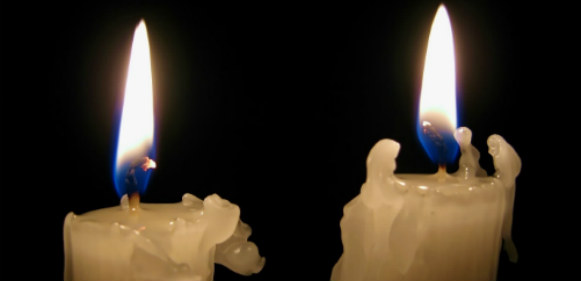If your workplace suffers with poor lighting, which can mean too much, not enough or inconsistent light, the ability of your staff to do their work as required of them is compromised.
Critically, poor lighting in the workplace can make it hard to make appropriate judgements regarding footing, placement of materials, and timing when moving materials, tools, or equipment is being used. This can have a direct effect on your staff sickness levels, productivity and output.
Lighting problems can are caused by the following key factors:
- Insufficient light compared with the size and space in which it is installed
- Glare – too much light compared with the size and space in which it is installed
- Inefficient contrast
- Flicker
- Poor distribution
Common health problems associated with poor lighting in the workplace include:
- Headache and eyestrain
- Falling, tripping, slipping
- Dropping materials or tools
- Neck, back, and muscle strain
- Depression (in the case of insufficient or gloomy lighting)
So how do you know if your lighting levels are sufficient?
Lighting levels should match the workplace and the actual tasks that your staff perform. To give you some idea the following table contains a list of lighting levels required for various types of tasks:
| Type of Activity | Range of Illumination (Lux**) |
| Public spaces with dark surroundings | 30 |
| Simple orientation for short temporary visits | |
| Working spaces where visual tasks are only occasionally performed | 100 |
| Performance of visual tasks of high contrast or large scale | 300 |
| Performance of visual tasks of medium contrast or small size | 500 |
| Performance of visual tasks of low contrast or very small size | 1000 |
| Performance of visual tasks near threshold of person’s ability to recognise an image | 3000-1000 |
Modified from: IESNA Lighting Handbook. 9th ed. Illuminating Engineering Society of North America, 2000. p. 10-13.
** Lux = Lumens (quantity of light) per square metre.
How do you test and correct for insufficient light problems?
To identify if your work place has insufficient light, we can suggest the following tests recommended by the helpful website, Health and Safety Teaching Tools:
- Measure the average light illumination throughout the workspace and compare this with the recommended levels.
- Look for shadows, specifically within work areas and on stairways.
- Run a quick survey among your work force to see if there are any issues such as eye strain, increased trips which could indicate a lighting problem.
Having completed the testing, if your conclusion is that you have poor lighting in the workplace, make sure you act upon it soon!
